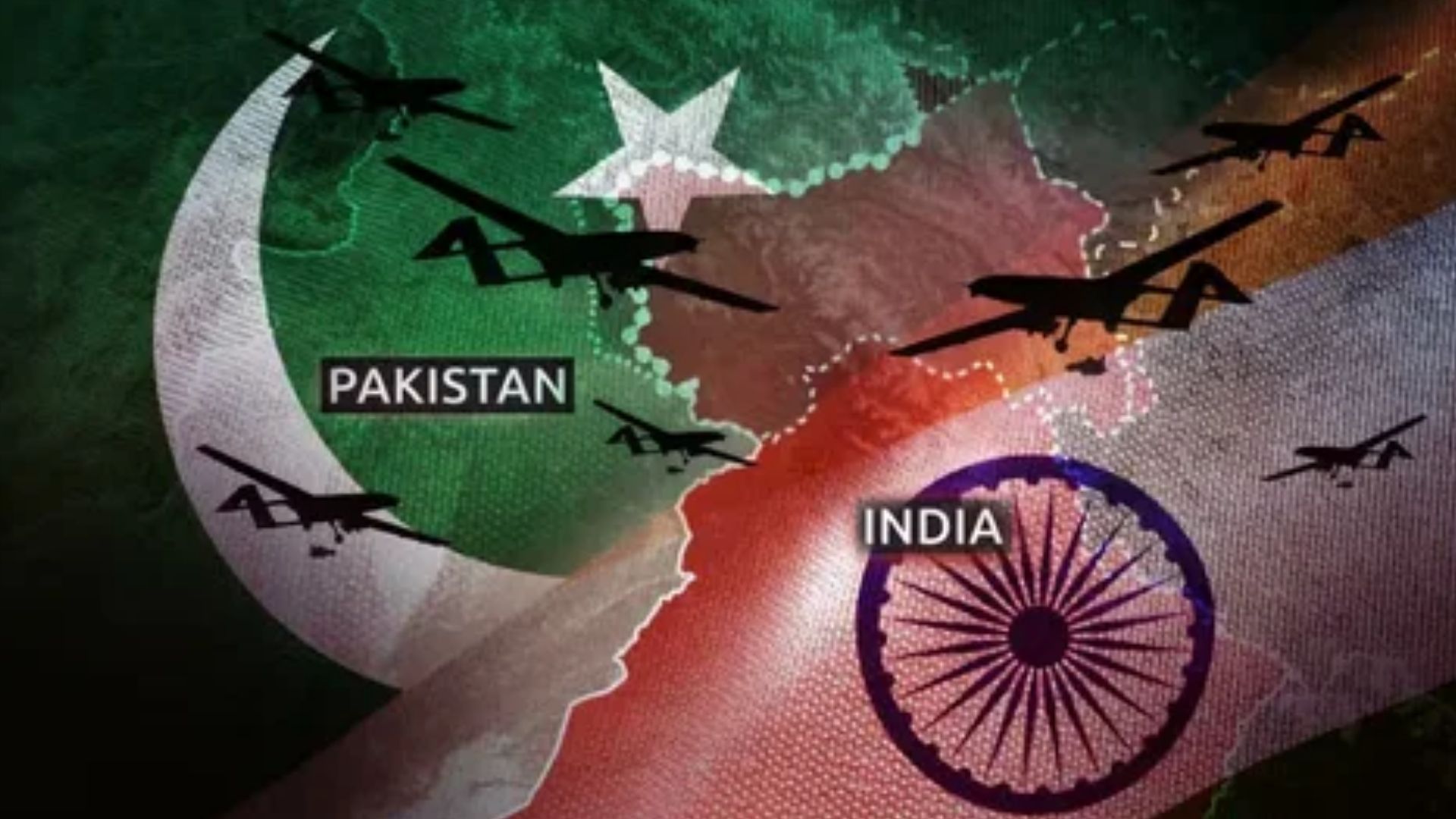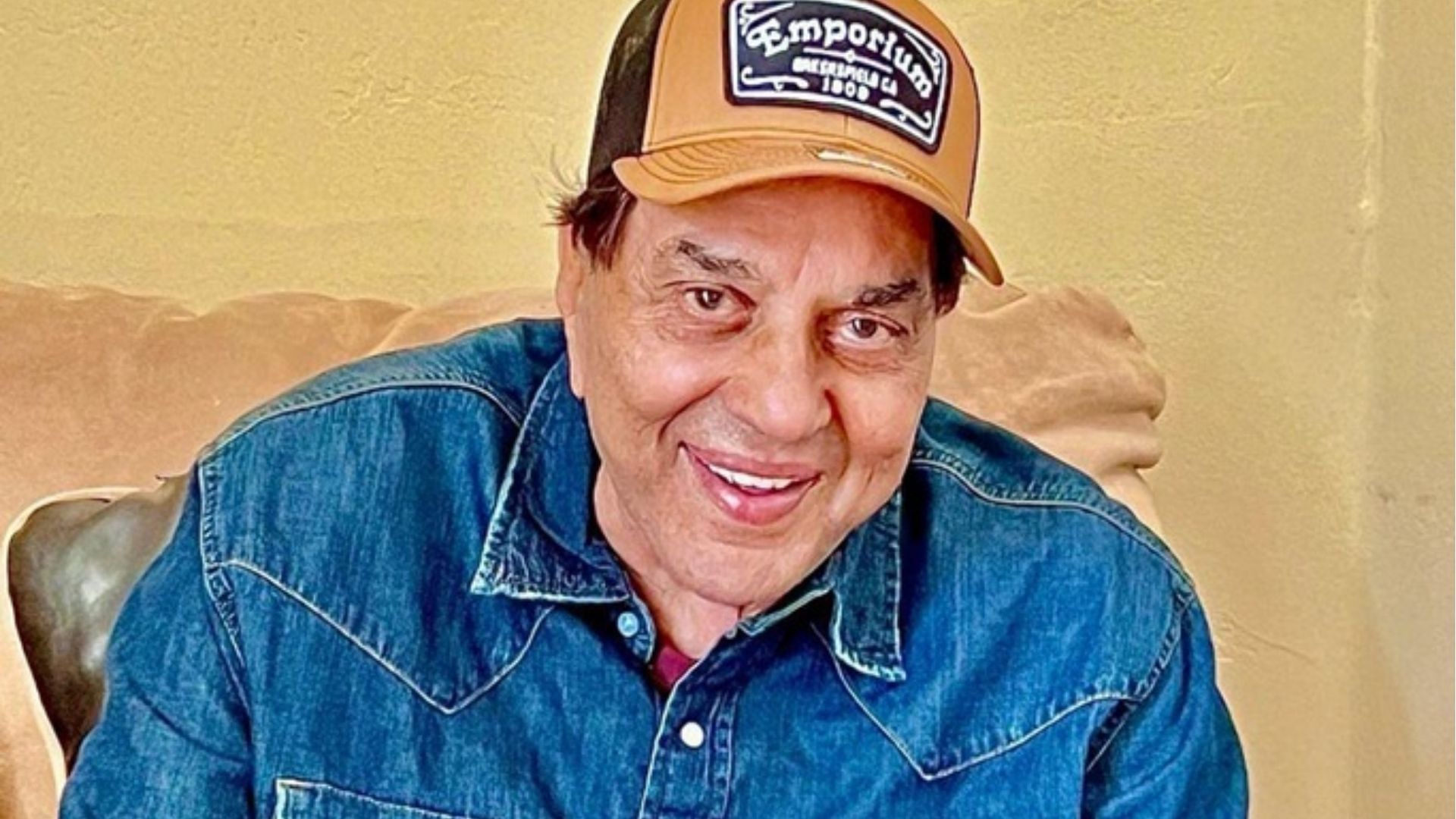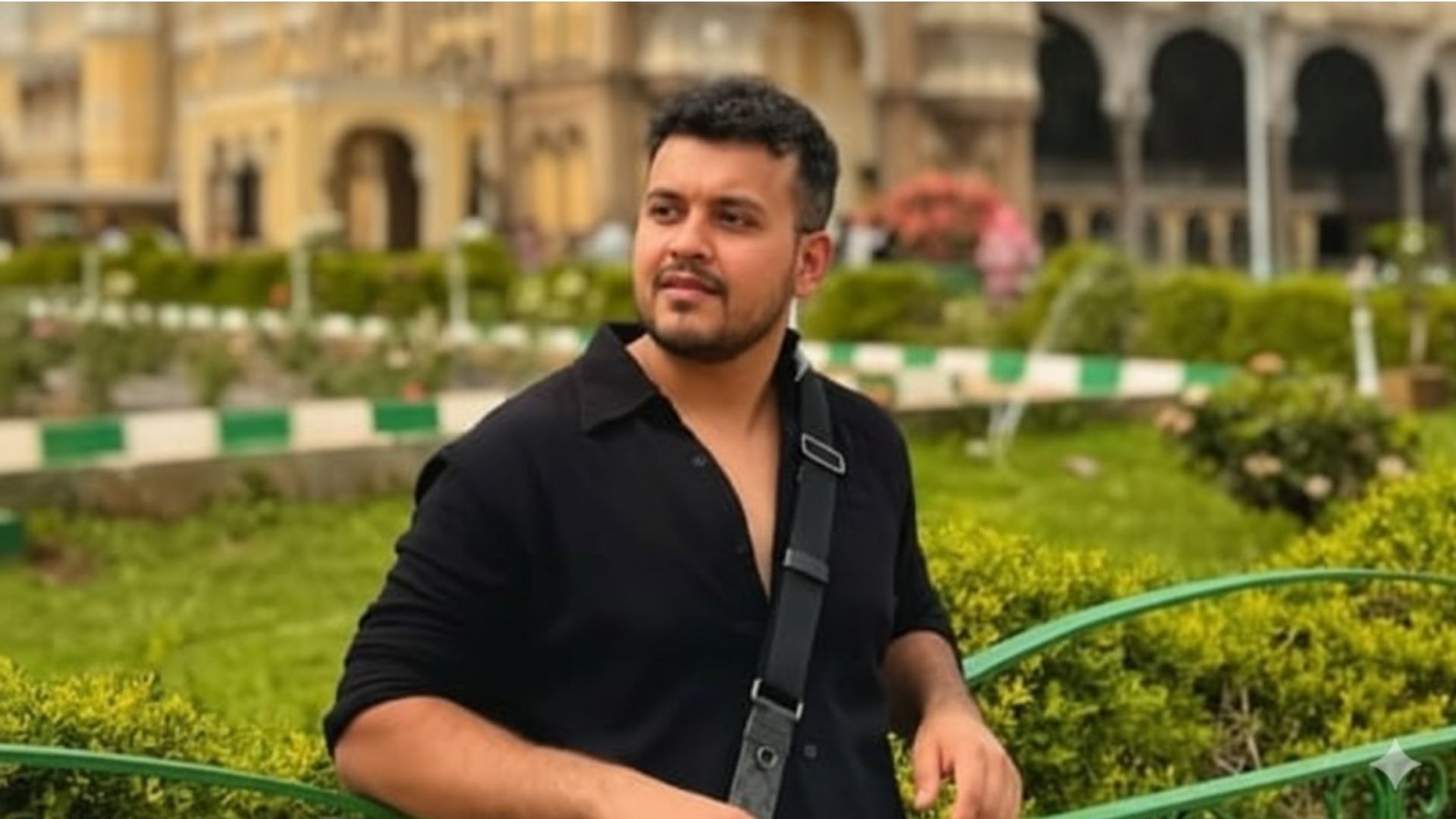The story of India and Pakistan is not just about borders, politics, and power. It is a story of people — families torn apart, soldiers standing guard in freezing nights, mothers waiting for their sons, and ordinary citizens who never wanted war but lived through its impact.
Since 1947, both countries have been connected by history yet divided by conflict. The wars between India and Pakistan shaped generations, changed maps, and left emotions that still live in millions of hearts.
Let’s walk through these wars not just as historical events, but as real moments that changed lives India–Pakistan Wars.
READ MORE : https://digitalmohit.co.in/category/news/
1. The 1947 War: The Beginning of a Wound That Never Fully Healed
In 1947, India and Pakistan were born out of one of the largest human migrations in history. People who had lived as neighbors suddenly became strangers divided by a line on a map. Amid this emotional chaos, Kashmir became the center of the first war.
When tribal fighters entered Kashmir in October 1947, homes burnt, people panicked, and villages trembled. The Maharaja’s decision to join India brought Indian soldiers into the valley — young men barely in their 20s landing in Srinagar to protect a land they had never seen before.
Human Reality
- Families fled with whatever they could carry.
- Mothers hid children during gunfire.
- Army trucks became a symbol of hope.
Outcome
A ceasefire in 1949 divided Kashmir into two parts, creating the Line of Control — a line that still shapes emotions in both nations.
2. The 1965 War: When the Nation Held Its Breath
By 1965, both India and Pakistan were still young countries, trying to define their future. But tensions rose again over Kashmir. Pakistan’s Operation Gibraltar aimed to spark rebellion in Kashmir, but it led to a full-scale war.
Soldiers fought in Punjab’s fields, deserts, and mountains. For many villagers, the war came straight to their doorsteps.
Human Side
- People left homes overnight without knowing if they would ever return.
- Sirens sent entire towns rushing into bunkers.
- Letters from soldiers became lifelines for families.
Outcome
The Tashkent Agreement ended the war, but the emotional wounds continued.
3. The 1971 War: A Conflict That Created a Nation
The 1971 war was not only a military conflict — it was a human crisis. Millions of people in East Pakistan faced violence and oppression. They crossed rivers, forests, and borders to reach India, carrying children in their arms and fear in their eyes.
India opened its doors, but the pressure was immense. The situation became unavoidable when Pakistan attacked Indian airbases on 3 December 1971.
In just 13 days, history changed.
What Made This War So Human
- Refugees slept on the ground, hoping for safety.
- Indian families adopted children from East Pakistan.
- Soldiers wrote letters saying, “Don’t worry, I will return,” even though many didn’t.
Outcome
- Bangladesh was born.
- Over 93,000 Pakistani soldiers surrendered.
- India emerged as a powerful voice in global politics.
This war is often remembered not only for victory but for the human struggle for freedom.
4. The Kargil War 1999: Courage on the Roof of the World
Kargil wasn’t a typical war — it was a battle fought on mountains touching the sky. When Indian soldiers discovered Pakistani intruders occupying mountain peaks in 1999, the nation felt a shock.
These weren’t ordinary hills — they were icy cliffs at 16,000–18,000 feet, where breathing itself is a challenge. Yet soldiers climbed them under enemy fire.
Human Emotions
- Parents watched TV every night with tears in their eyes.
- The entire nation prayed for soldiers like Captain Vikram Batra, whose words “Yeh Dil Maange More!” still echo in Indian hearts.
- Every victory on a peak felt like protecting a heartbeat of the nation.
Outcome
- India reclaimed all its territory.
- Pakistan faced global criticism.
- The war proved the unbelievable courage of Indian forces.
What These Wars Teach Us: More Than History
These wars changed South Asia forever. But beyond politics and borders, they remind us of something deeper:
1. Wars are never just wars — they are human tragedies.
Behind every soldier is a family. Behind every border village is a childhood, a memory, a home.
2. Peace is not weakness — peace is growth.
Both countries have suffered enough. A rising Asia needs unity, not conflict.
3. Hope always survives.
Even today, people on both sides share music, food, culture, emotions, and wishes for a peaceful future.
Conclusion: A Story Still Being Written
The India–Pakistan relationship is a long chapter filled with pain, courage, pride, tears, and resilience. The wars tell us what happened, but the people tell us how it felt India–Pakistan Wars..
History cannot be changed, but the future can be.
Understanding these wars helps us understand not just our past but our responsibility toward peace — a peace that millions silently dream of.
















Leave a Reply